Jane Austen: Answers to the Most Frequently Asked Questions
- 1.
Was Jane Austen married?
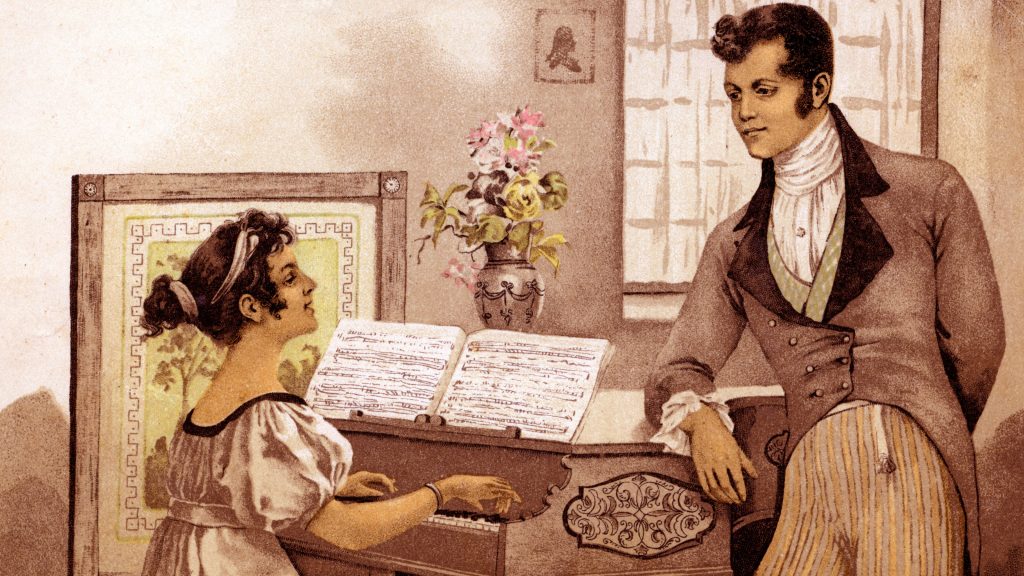

Jane Austen was never married, but it seems she had her chances.
At 19, Austen met Thomas Lefroy, an Irish nephew of a family friend. Jane and Tom attended several parties together and she wrote her sister Cassandra that they flirted and danced frequently. A few months later, Cassandra received another letter: “I rather expect to receive an offer from my friend in the course of the evening.” It is speculation whether Austen was referring to a marriage proposal, but nevertheless, the youthful attraction ended shortly thereafter.
Austen became engaged at 27—but for just one night! Visiting friends, she was proposed to by their brother, Harris Bigg-Wither, almost six years her junior. Austen’s niece described him as “very plain in person—awkward, & even uncouth in manner … I conjecture that the advantages he could offer, & her gratitude for his love, & her long friendship with his family, induced my Aunt to decide that she would marry him . . . .” Jane woke the next morning and broke the engagement, causing her and her sister to leave the Bigg’s home immediately.
- 2.
Where did Jane Austen live?
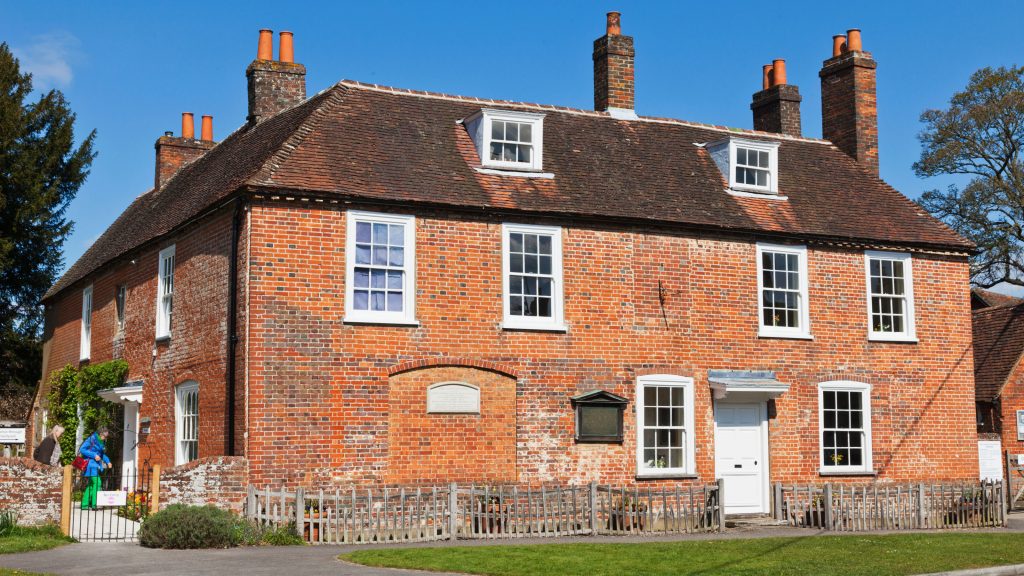

Austen was born in the remote Hampshire village of Steventon, England, but later moved to Bath in her mid-twenties.
Austen’s father was a clergyman in Steventon, and Jane lived more than half her life there. While there, a teenaged Jane began drafting three of her novels. Unfortunately, the rectory was demolished in the early 19th century.
The family moved to Bath when Rev. Austen retired in 1801. Jane was in her mid-twenties. Bath was a health resort with hot springs and popular with fashionable society; a town devoted to socializing. Northanger Abbey and Persuasion both use the spa town as a primary location. Jane stayed in five different properties during her time in Bath. (If seeking a commemorative plaque, head to 4 Sydney Place, the family residence from 1801 to 1804.) While Jane only lived here a few years, the Jane Austen Centre in Bath draws fans with its permanent exhibition.
The Austen women were forced to next lodge with various family members after Rev. Austen’s death in 1805. In 1809, they settled in Chawton, back in Hampshire. Their “cottage” was part of Jane’s brother Edward’s estate, and they lived rent-free. The home is now the Jane Austen House Museum. Jane lived here for eight years until May 1817, when she left to seek medical treatment in Winchester where she died two months later.
- 3.
Did Jane Austen have siblings?

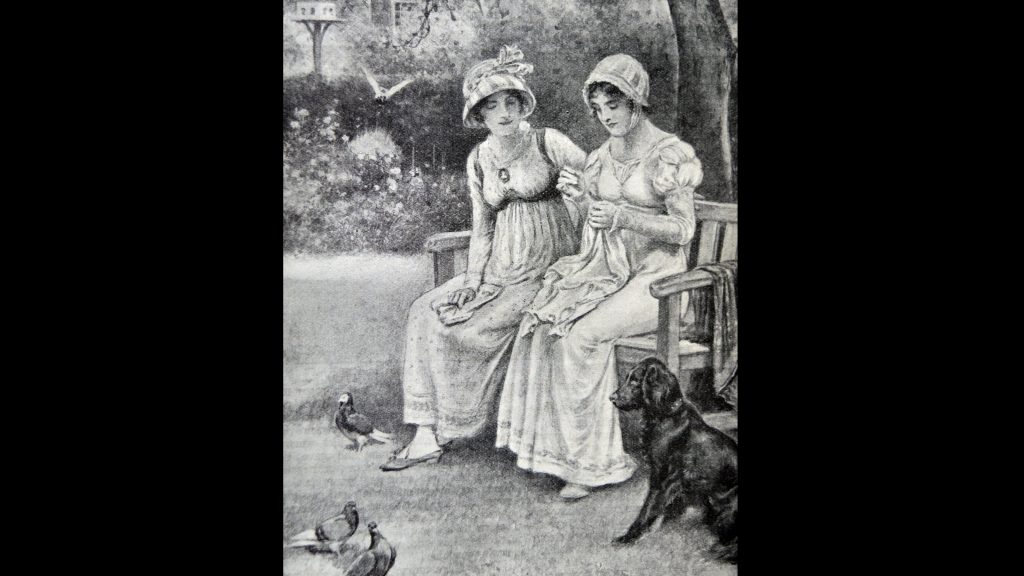
Jane Austen was one of eight children. She had six brothers—James, George, Charles, Francis, Henry, and Edward—and a beloved older sister, Cassandra. All the Austen siblings survived their childhood.
James was 10 years older than Jane, his mother’s favorite and his father’s heir. He was considered the most talented writer in the family and organized his siblings in family plays, edited a university magazine with Henry for a time, but ended up a deacon. Not much is known about George. He was not wealthy, lived his adulthood with a nearby farming family, and is thought to have suffered from a mental infirmity or perhaps deafness. Charles and Francis Austen were Royal Navy officers, both serving in the French Revolutionary and Napoleonic Wars. Henry Austen was a militia officer, clergyman and banker; it was he who helped Jane negotiate with a publisher for her first novel, Sense and Sensibility. At the age of 12, Edward Austen was presented to Catherine and Thomas Knight, wealthy relatives of his father. The Knights were childless and taking an interest in the boy, made Edward their legal heir. Edward inherited three estates from Thomas Knight, including one in Chawton where he later invited his sisters and mother to live rent-free.
Cassandra was two years Jane’s senior. Most of what we know of Jane Austen today, we owe to her, as she left an oral and written record to fill in details of Jane’s life. A watercolor artist, Casandra also gave us the only two authenticated likenesses of her sister. Cassandra, like Jane, never married (a fiancé died of yellow fever) and the sisters maintained a very close relationship throughout their lives. Said their mother, “If Cassandra were going to have her head cut off, Jane would insist on sharing her fate.” Over 100 letters from Jane to her sister have survived.
- 4.
How did Jane Austen die? How old was she when she died?

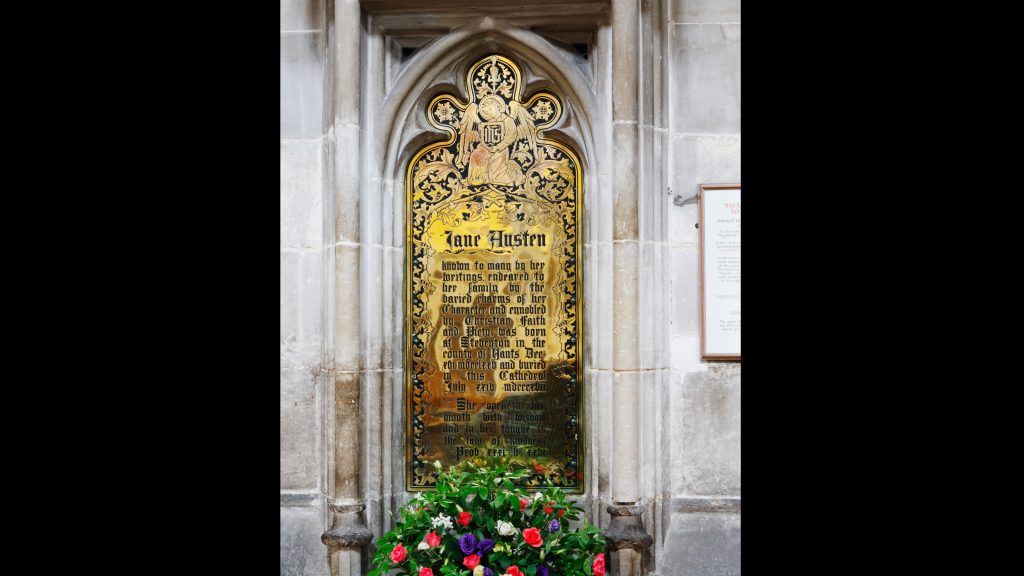
Experts still debate the cause of Jane’s final, mysterious illness, which brought her death at age 41. Everything from cancer, bovine tuberculosis, Addison’s disease, Hodgkin’s lymphoma, and arsenic poisoning have been proposed.
Beginning in 1816, Jane started to deteriorate from ill-health. She suffered bed-ridden exhaustion, unusual black and white skin discoloration, bilious attacks, night fevers, facial nerve pain (neuralgia associated with shingles) and rheumatism. In April, Austen wrote her will and in May, she and Cassandra drove the 16 miles to Winchester in pouring rain to receive treatment. Jane died there “in the dawn of Friday 18 July 1817, her head cradled on a pillow on Cassandra’s lap; her sister had kept a vigil by her bedside for most of the night.” Six days later, Austen was buried in Winchester Cathedral, near the center of the north aisle. Her modest funeral was attended by four people.
- 5.
How many books did Jane Austen write?

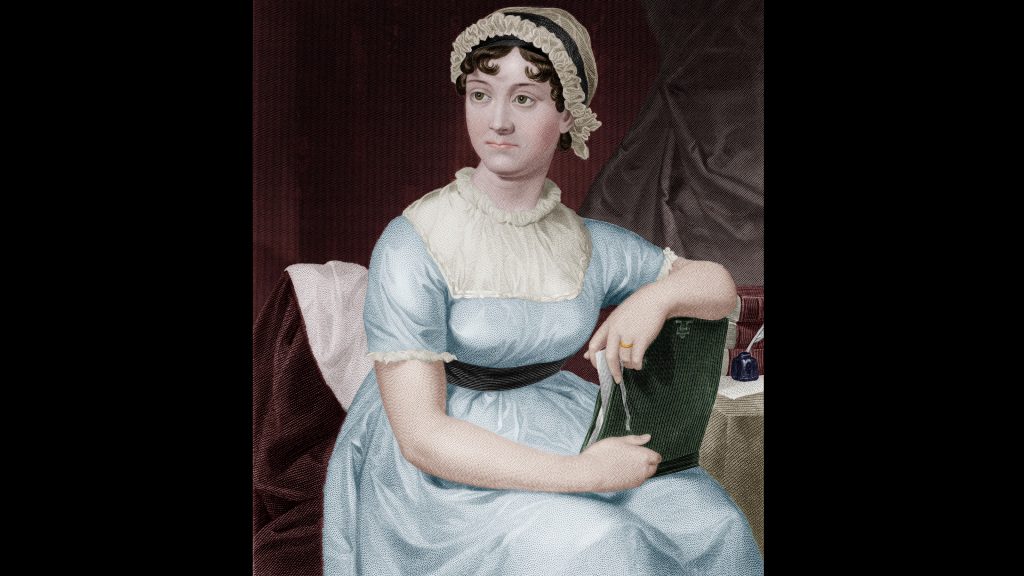
Jane Austen completed six major novels that have rarely been out of print since they were first published.
Four (Sense and Sensibility, 1811; Pride and Prejudice, 1813; Mansfield Park, 1814; and Emma, 1815) were released anonymously during her lifetime. Another two (Persuasion and Northanger Abbey) were published in 1817 after her death. The fragment of Sanditon was left unfinished at approximately 24,000 words. Austen also left behind three volumes of stories that she never submitted for publication, including a short work presented as a series of letters entitled Lady Susan and another unfinished novel, The Watsons.
- 6.
How was Jane Austen educated?

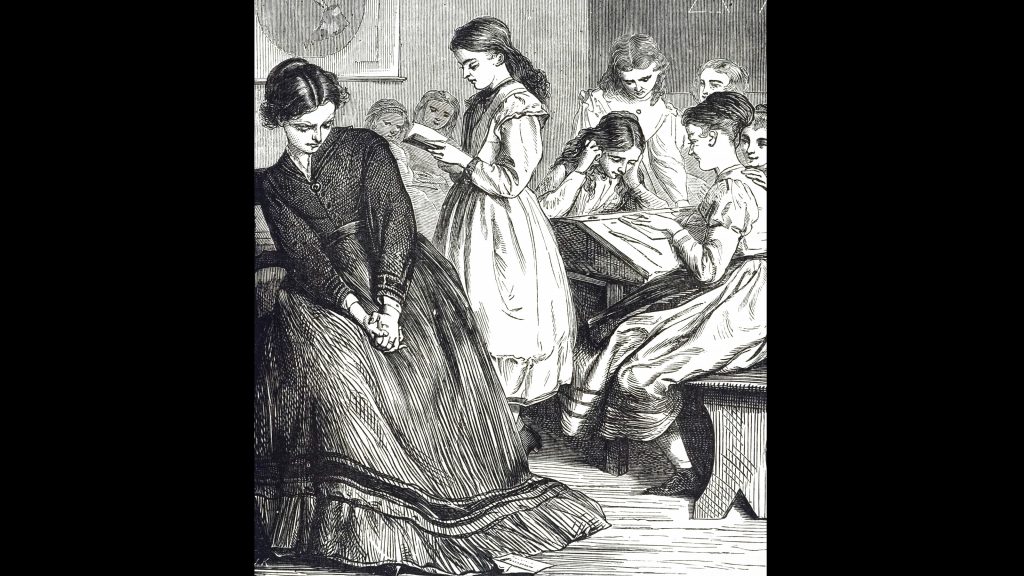
Jane received an informal education from her father Rev. Austen, who tutored and boarded university students to enhance his clerical income. She also briefly attended two schools outside the home.
During Jane’s lifetime, all women were generally deprived of a formal education, could not be admitted to university, pursue a career, nor travel independently. Fortunately, she was born into a home where education was prized. When Jane was seven, she insisted on going to Mrs. Cawley’s school in Oxford and then Southampton when Cassandra was sent there. French and sewing were taught, and the girls read quite a lot. This first school experience ended with a measles outbreak.
Jane and Cassandra next attended the Abbey House boarding school in Reading, run by a Mrs. La Tournelles who was not French at all, but used the assumed name to impress parents. Here the girls participated in drama productions, learned elementary arithmetic, history, geography, spelling, needlework, and took French (from other instructors). Jane may also have learned to play piano there. Rev. Austen removed his daughters from the school when Jane was 11. She never had any formal education again, though she continued to benefit from her father’s extensive library and from the more worldly experiences of her brothers, who attended Oxford or traveled extensively.
- 7.
What was fashion like in Jane Austen's time?

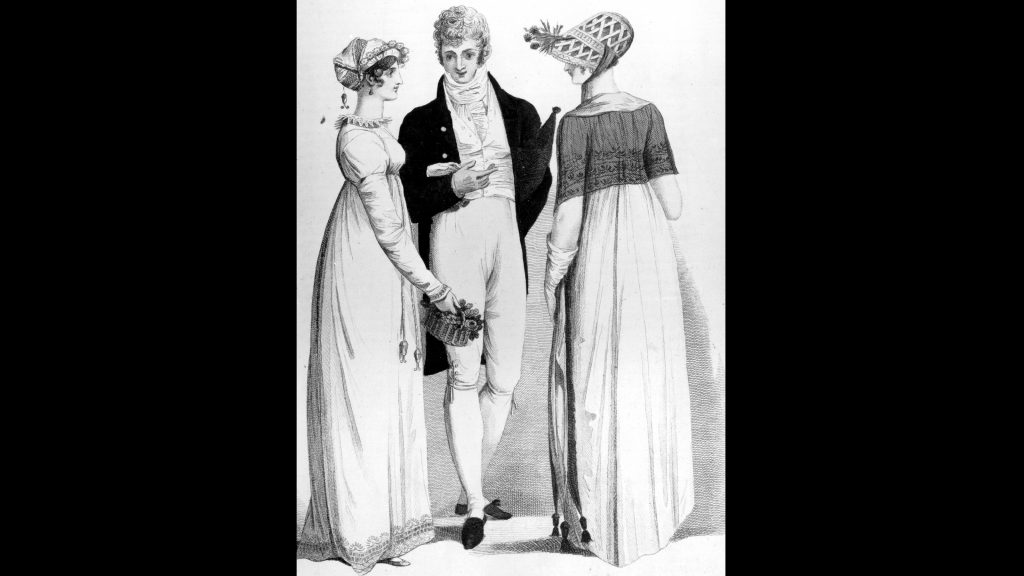
Regency era clothing, the fashion between the years of 1810 and 1820, was known for its classic simplicity and light colors.
Dresses and gowns had sleeved, modest tops, a high empire waistline closely fitted to the torso just under the bust, and a loose, column-like silhouette below. The costume would be completed with ballet flats, backless slip-on shoes, or ankle boots, along with white gloves, a bonnet hat and perhaps a parasol.
Daywear was made in simple, white cotton muslin or small floral patterned, “sprigged” cottons—the British East India Company’s success in exporting cotton to Britain supported this trend. Evening gowns were made of silk and could have more elaborate trimmings. Under their dresses, women wore shifts or chemises (forerunner of the slip), a stay or corset, a petticoat when volume was needed under a skirt, and cotton or silk stockings held up by garters. “Proper ladies” didn’t wear drawers as these were considered racy.
Menswear was every bit as complicated as Regency women’s, starting with underwear: a white linen shirt with an opening from the collar to mid-chest, cotton or wool stockings, and possibly drawers. A man’s dress (or tail) coat had a cutaway front with tails in the back. Typically made of wool and either double or single breasted. Buckskin breeches were worn for morning attire. X-crossed braces or suspenders held pants up. The waistcoat, buttoned up the front, was the next layer. The front involved expensive cloth, buttons and fabric patterns; the back was plain. The look was finished with a cravat (mainly white), boots, gloves and a beaver hat.
- 8.
Were the letters of Jane Austen ever published?

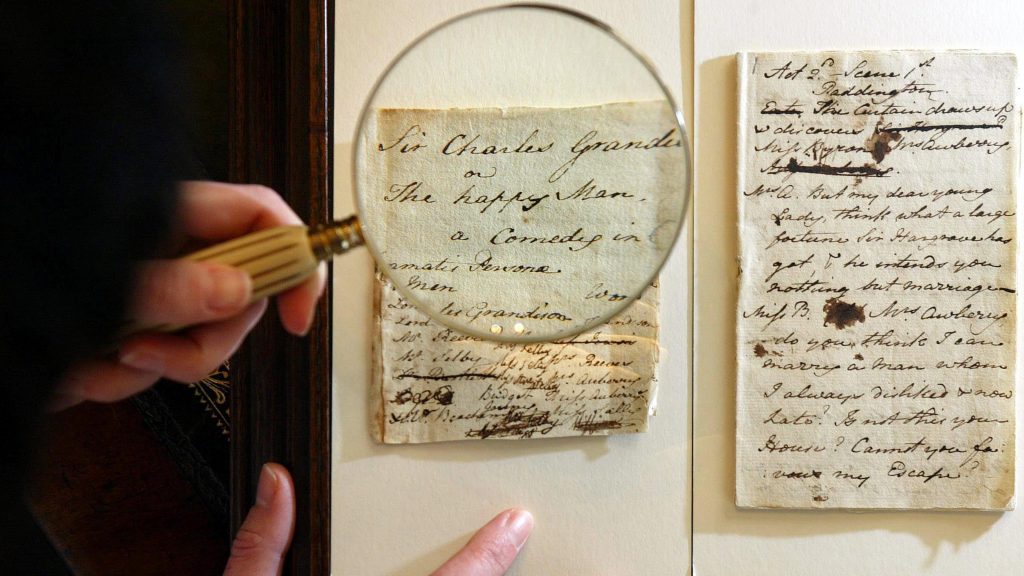
Anthologies of Austen’s correspondence have been published and are available today, though they represent only a small fraction of the thousands of letters she wrote in her lifetime.
Most of Jane’s correspondence was to her sister, Cassandra. Surviving letters are intimate, informative and full of gossip, bringing her daily life alive. They reveal the novelist was quite frightened by thunderstorms, that she played bilbocatch (ball and cup game) with her young nephews, and that a little cold was a good excuse to avoid unwelcome guests.
Cassandra took possession of the letters after Jane’s death. In 1843, a few years before Cassandra died, she is reported to have burned the vast majority—a common practice at the time and perhaps done to protect Jane’s reputation. Cassandra left the approximately 160 remaining letters to relatives as mementoes; these were first collected by the son of her niece, Fanny Knight, and published in 1884.
Original letters are on view at the Jane Austen House Museum in Chawton, Hampshire.
Sanditon returns to MASTERPIECE on PBS with two more seasons! Watch Season 1 on PBS Passport and read casting news for Season 2!




















